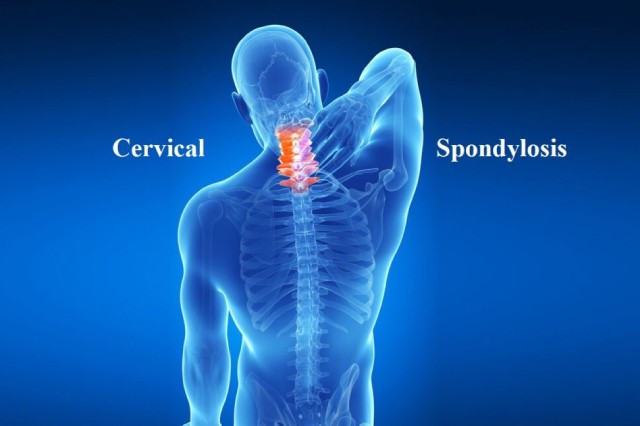5 Main Causes of Cervical Spondylosis
Cervical spondylosis, a condition often referred to as neck arthritis, is a common age-related ailment affecting the cervical spine. This condition typically manifests with degeneration in the discs and bones of the neck. Cervical spondylosis is common, affecting 9 out of 10 by age 60. You can have the condition without having symptoms.
Understanding the underlying causes of cervical spondylosis can provide insights into its prevention and management. Here are five main factors contributing to the development of cervical spondylosis.
1. Age-related Degeneration
As individuals age, wear and tear on the spinal discs and vertebrae occur naturally. Over time, the cervical spine undergoes degenerative changes, including the breakdown of cartilage and the formation of bone spurs or osteophytes. In fact, this can start happening in your 30s! These age-related changes contribute significantly to the development of cervical spondylosis.
2. Lifestyle and Posture
Poor posture and certain lifestyle choices can exacerbate the risk of cervical spondylosis. Prolonged periods of sitting with incorrect posture, especially when using computers or handheld devices, can strain the neck and accelerate degeneration. Similarly, occupations or activities that involve repetitive neck movements or lifting heavy weights improperly can also contribute to this condition.
3. Injuries and Trauma
Past injuries to the neck, such as whiplash from car accidents, falls or sports-related injuries, can lead to accelerated degeneration of the cervical spine. Trauma can cause damage to the spinal structures, accelerating wear and tear on the discs and vertebrae and increasing the likelihood of developing cervical spondylosis in later years.
4. Genetic Predisposition
Genetics also play a role in the development of cervical spondylosis. Some individuals may have a genetic predisposition to degenerative spine conditions, including spondylosis. Certain inherited traits might also make some people more susceptible to early-onset degeneration in the cervical spine.
5. Smoking and Unhealthy Habits
Unhealthy lifestyle habits, particularly smoking, have been linked to an increased risk of cervical spondylosis. Smoking affects blood circulation and can impair the delivery of nutrients to spinal discs, accelerating degeneration. Other unhealthy habits like a sedentary lifestyle, poor nutrition and excessive alcohol consumption may also contribute to the development of this condition.
Treating and Managing Cervical Spondylosis
Understanding the primary causes of cervical spondylosis sheds light on the importance of preventive measures and lifestyle modifications. While some factors, such as age and genetics, cannot be altered, you can take steps to mitigate risks and manage symptoms:
- Seek medical advice. Consult healthcare professionals for guidance on managing symptoms and preventing further progression. A pain management specialist may recommend cervical epidural steroid injections to reduce irritation and inflammation in the nerves.
- Maintain good posture. Practice proper posture while sitting, standing and using electronic devices.
- Regular exercise. Engage in neck-strengthening exercises and overall physical activity to support spinal health.
- Avoid neck strain. Take breaks from repetitive activities involving the neck, and use proper lifting techniques.
- Quit smoking. If applicable, quit smoking to reduce the risk of accelerated degeneration in the cervical spine.
By understanding these underlying causes and adopting preventive measures, you can take proactive steps toward maintaining a healthier cervical spine. To explore your options for treating cervical spondylosis and other types of neck pain, schedule an appointment with Jersey Rehab today.

